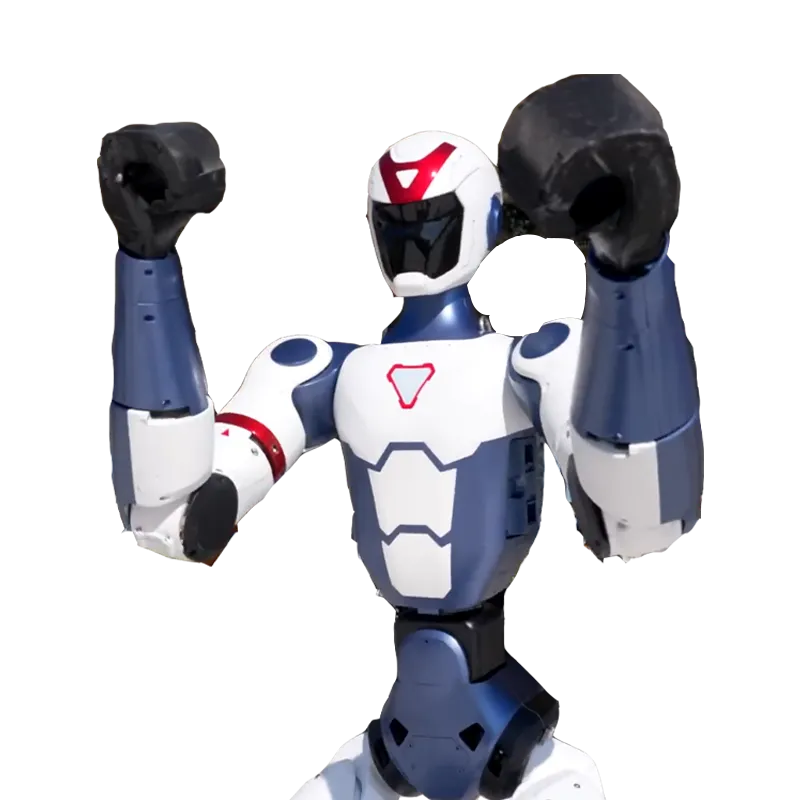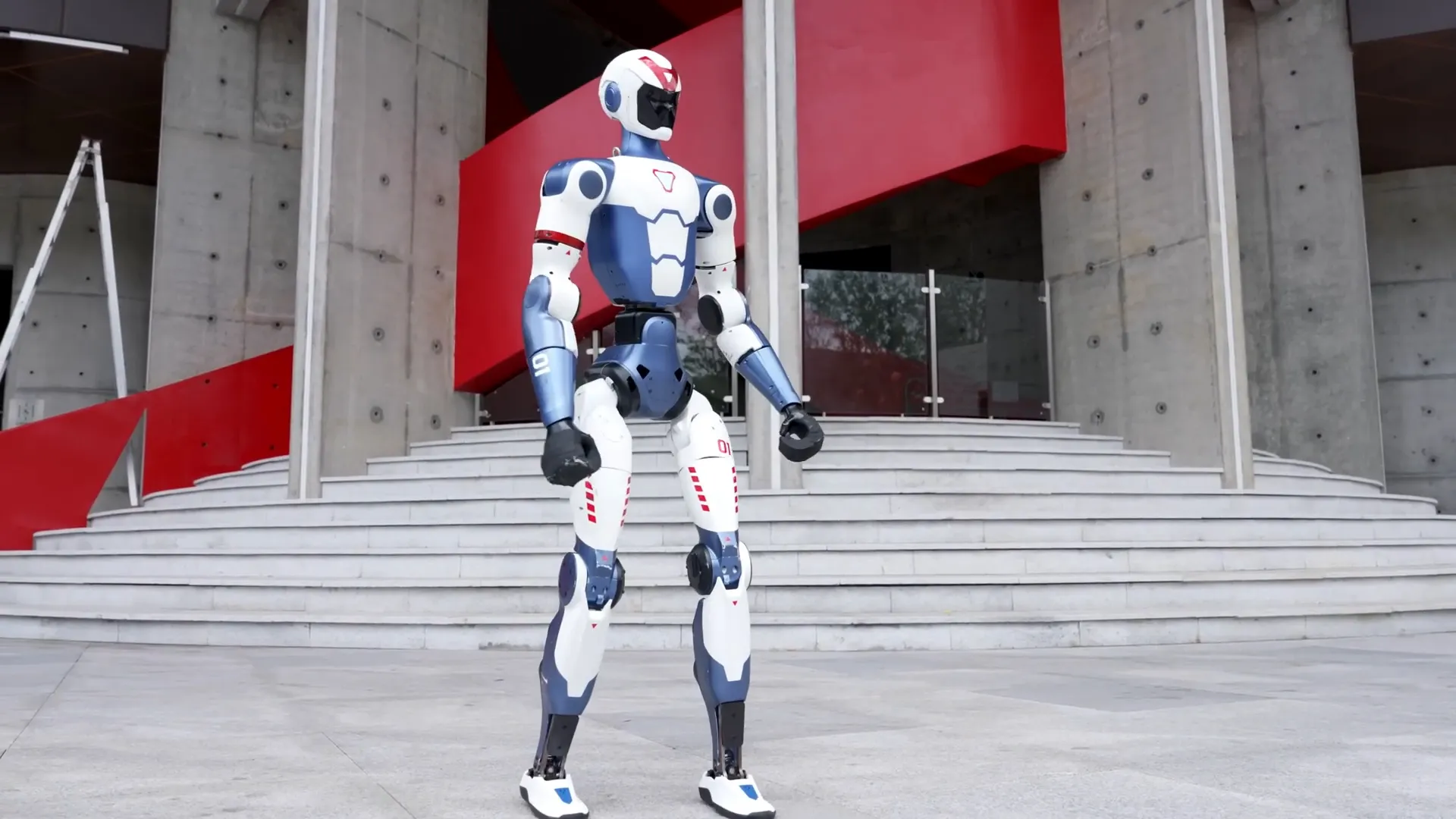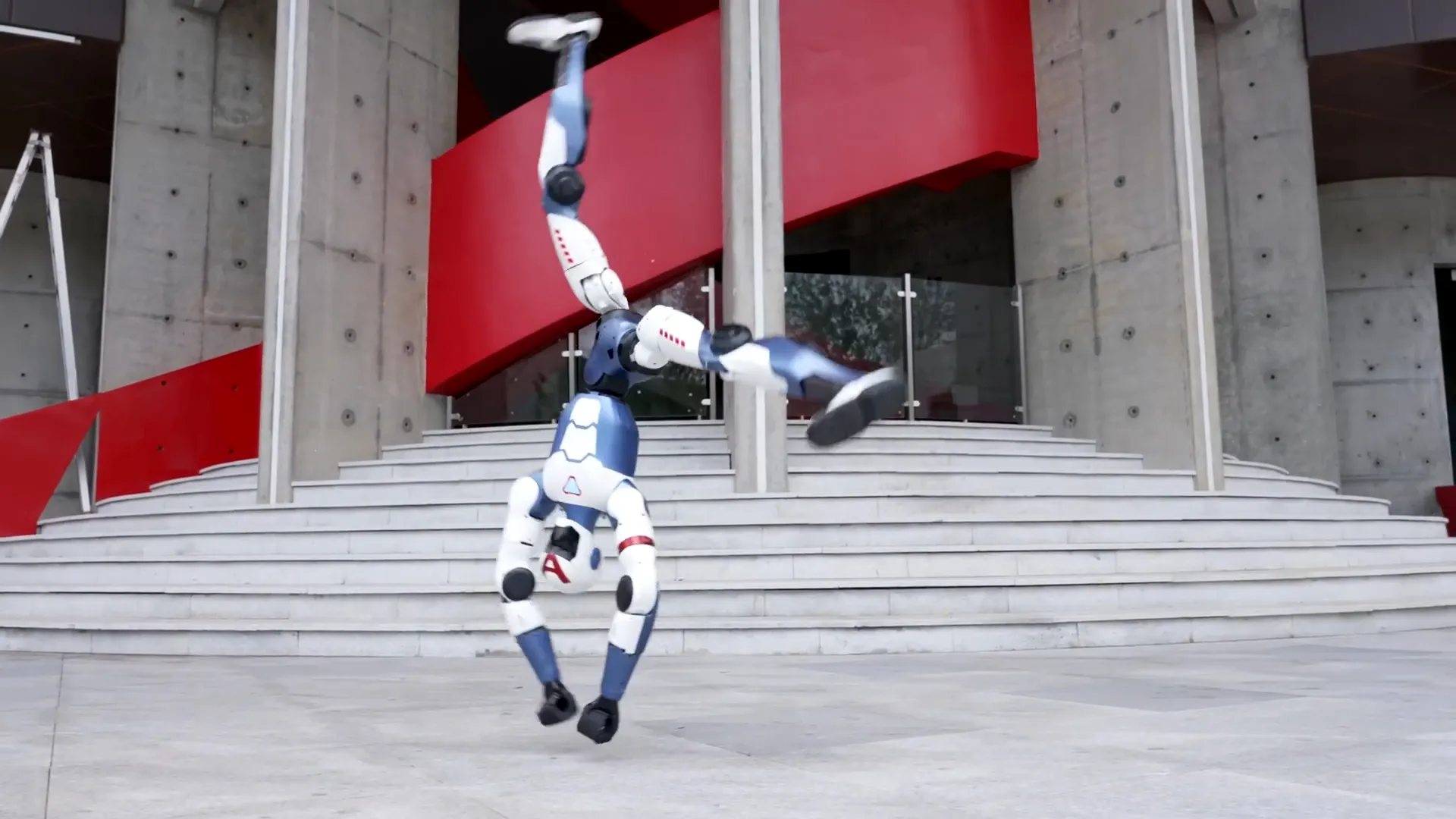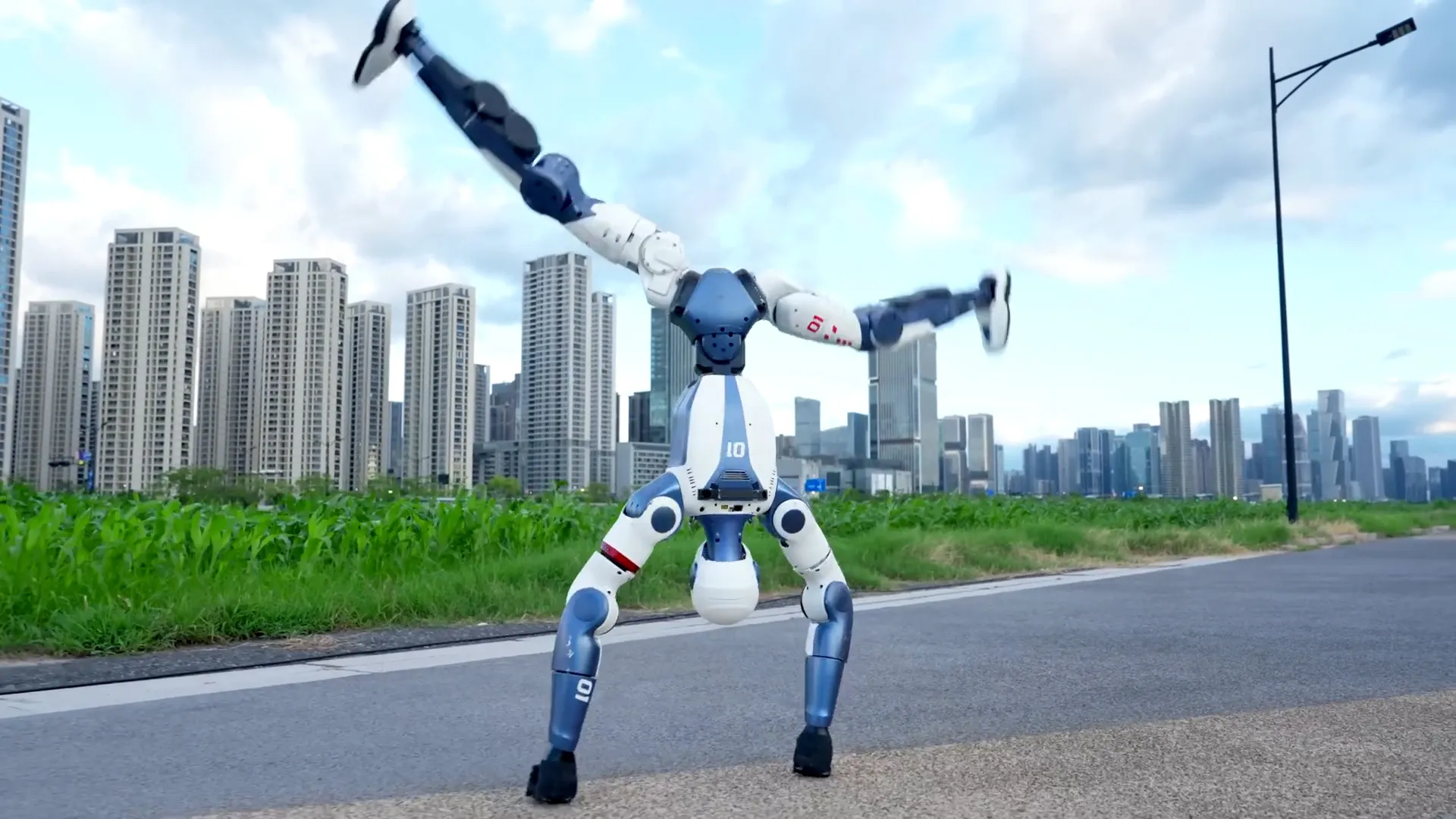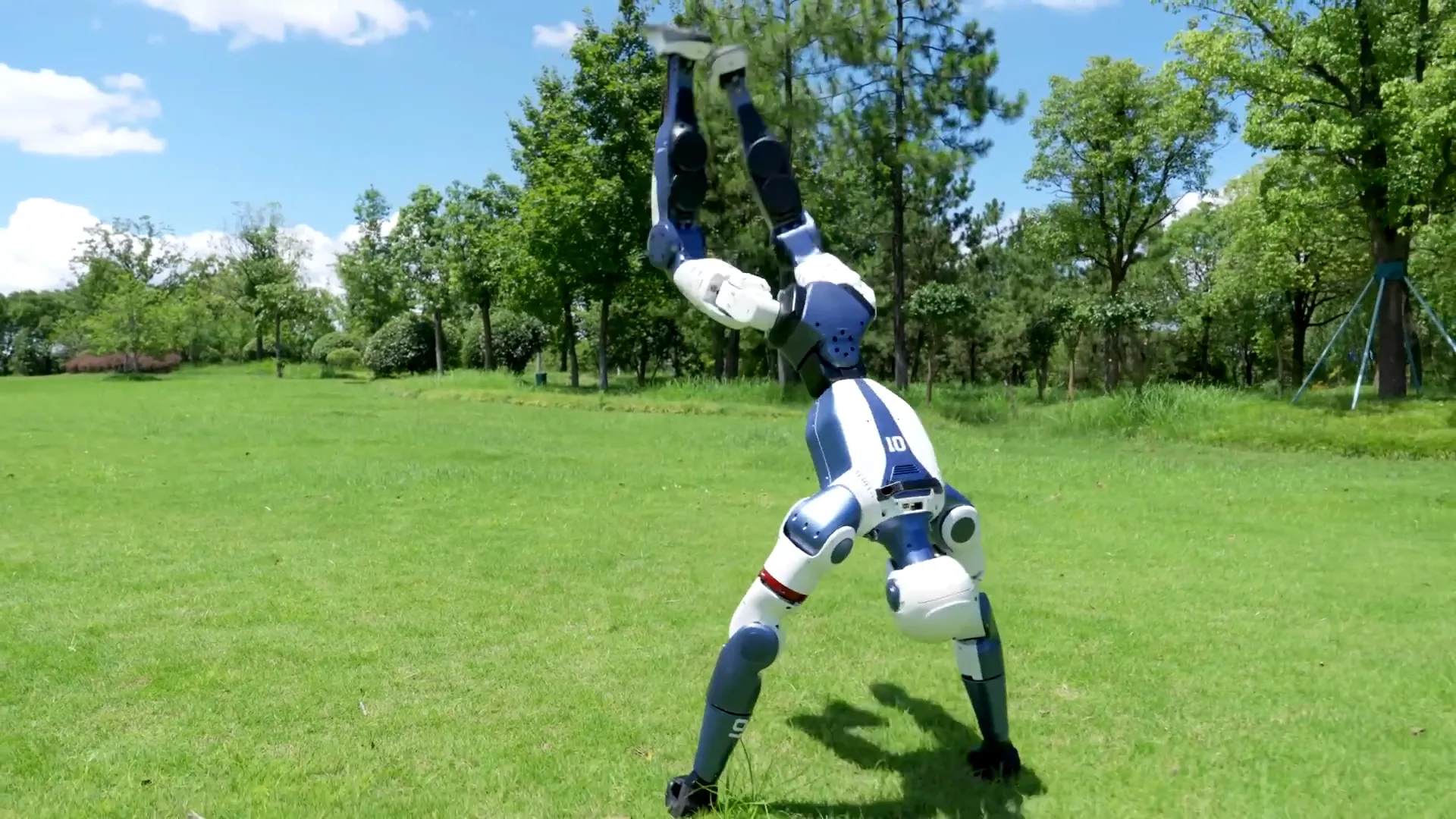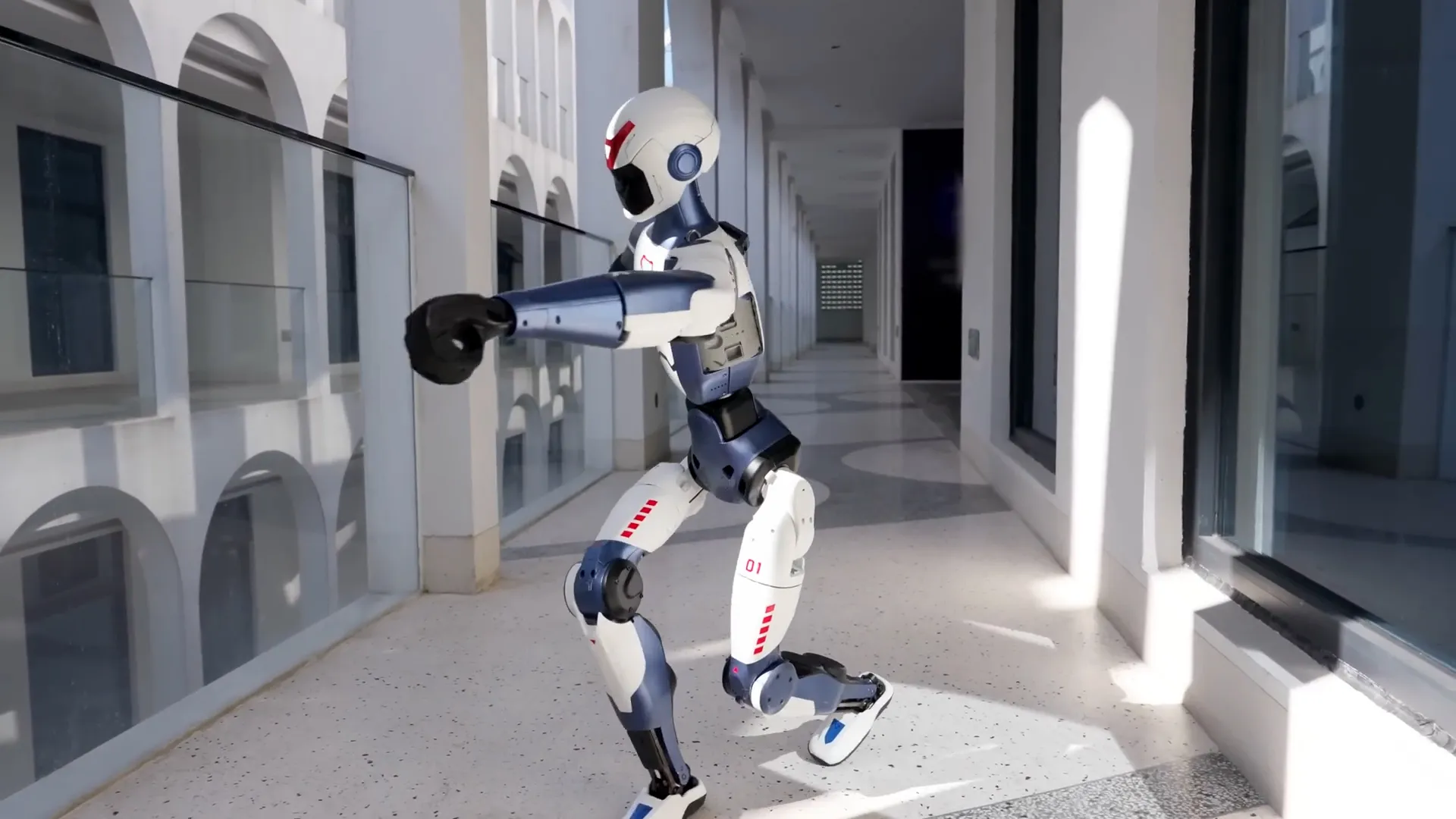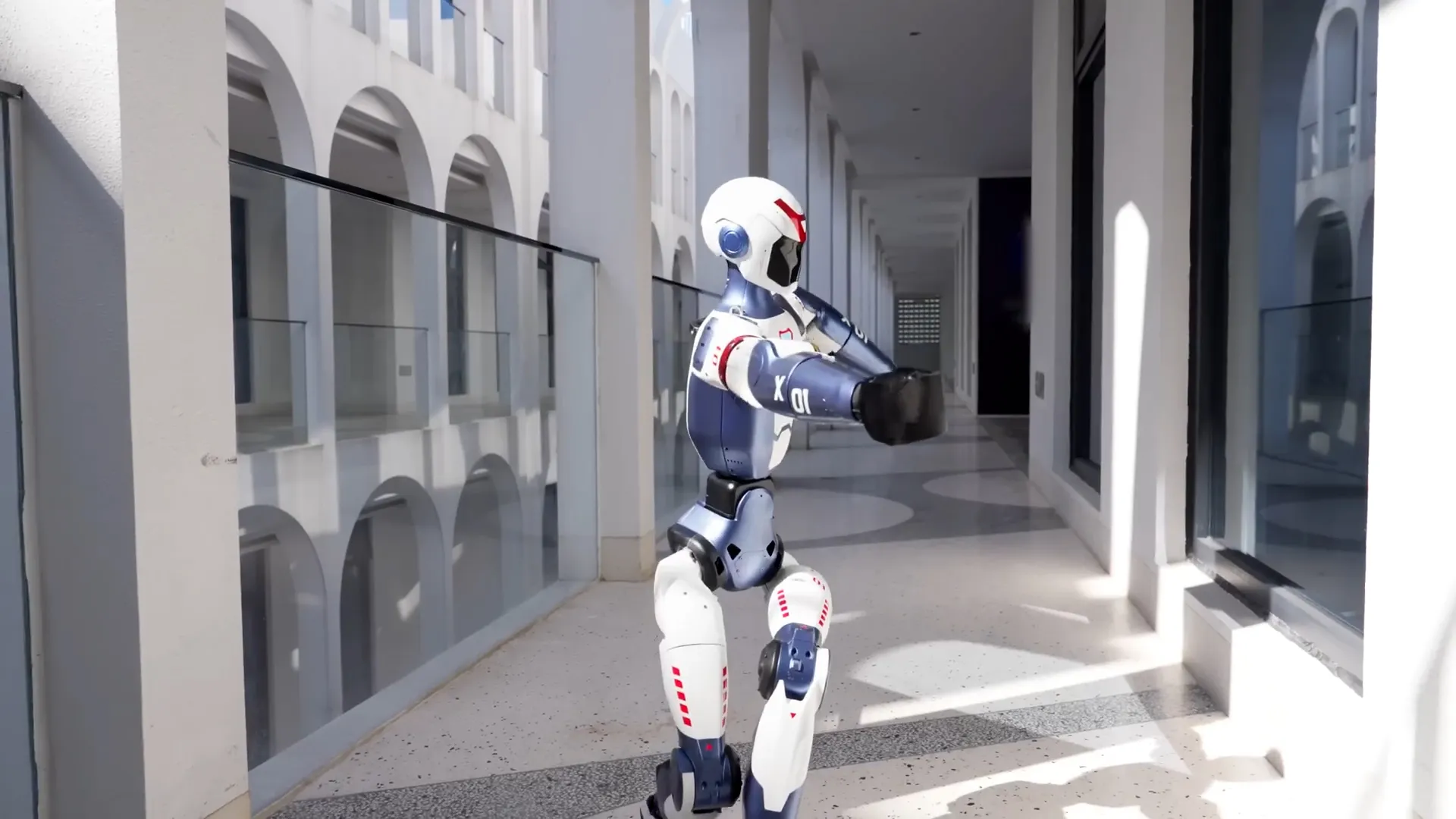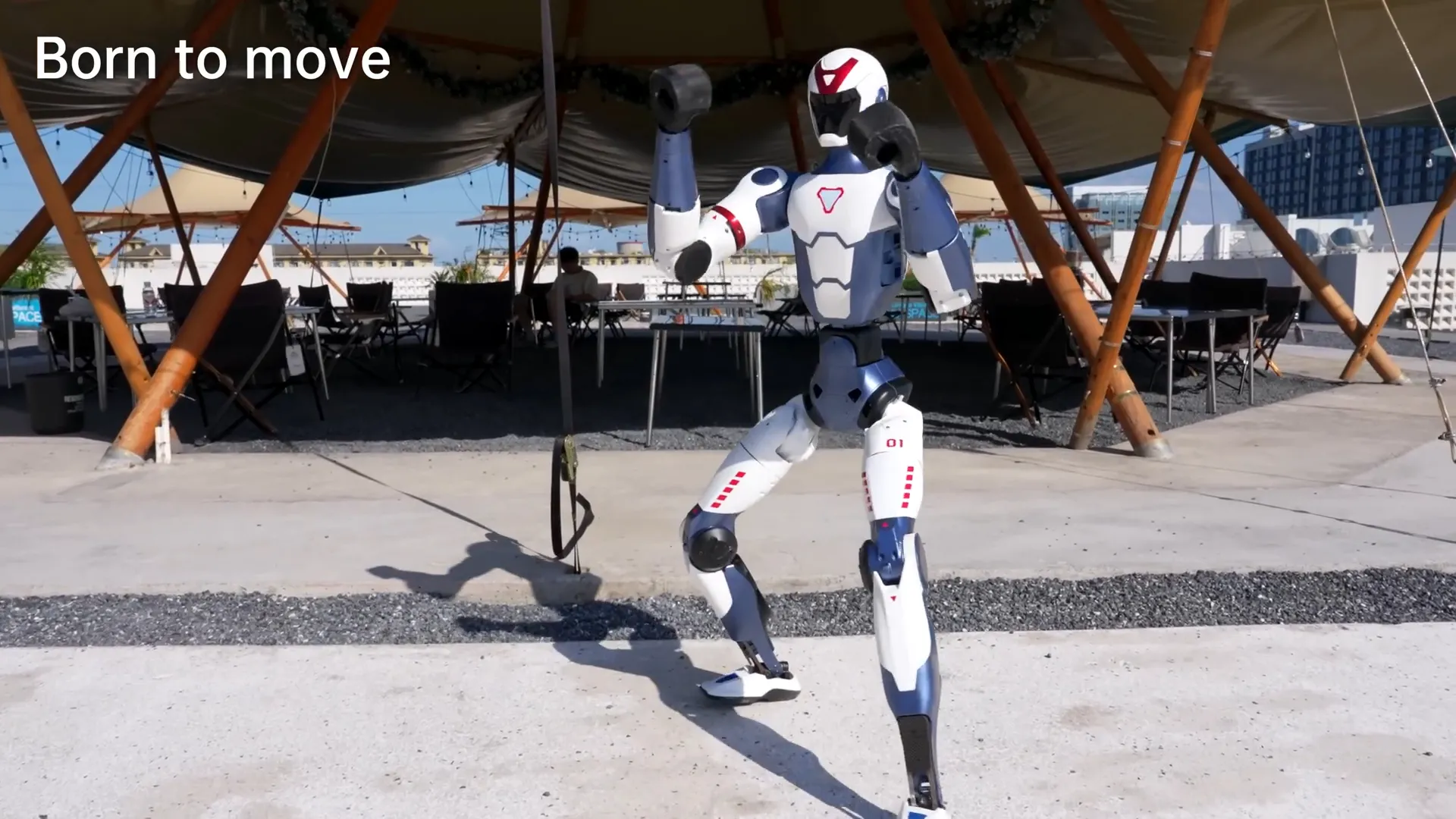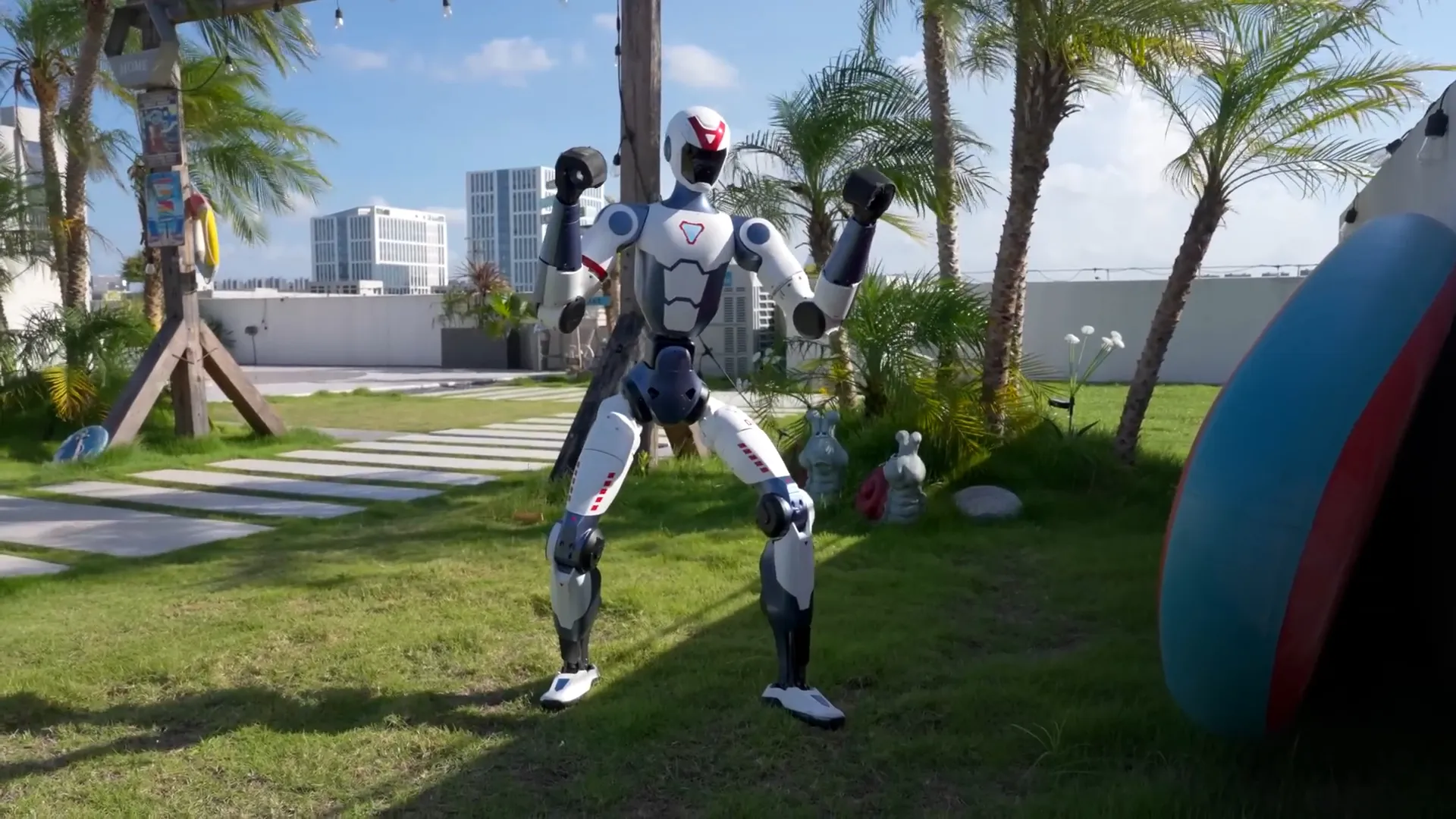Intro
The R1 is a compact humanoid robot weighing about 25 kilograms with 26 movable joints, providing a wide range of motion to simulate human movements. It features onboard multimodal AI capabilities, including voice and image recognition, enabling responsive and adaptive interaction with its environment. Its design focuses on lightweight build for efficient motion and agility, making it suited for complex locomotion experiments and real-world interaction scenarios. R1 offers an open platform for developers to prototype and test AI-driven applications with easy integration.



